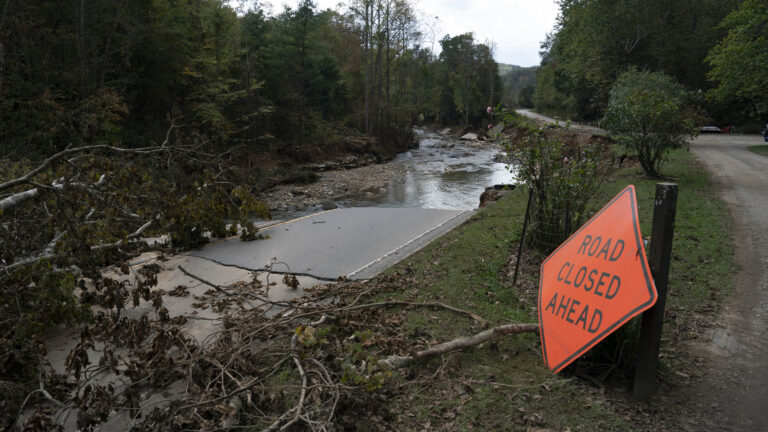BRIGGS, Texas—The new medium-lift rocket under development by Firefly Aerospace and Northrop Grumman will eventually incorporate a recoverable booster that will return to its launch site in Virginia for reuse.
Firefly has previously suggested rocket reuse is on the roadmap for the new rocket—known, for now, only as the Medium Launch Vehicle (MLV)—but officials revealed new details of the plan during a recent visit by Ars to Firefly's rocket factory in rural Central Texas.
“Northrop and Firefly have a similar perspective and that is, for that class of rocket, reusability is a requirement for a bunch of reasons," said Bill Weber, Firefly's CEO. "Economically, it becomes an advantage because we don't have to go build additional floor space... Similarly, the pricing structure for customers starts to get super competitive, which we absolutely love, and we’ll be right in the middle of.”
Firefly is one of several companies racing to field new medium-class rockets, and all will be at least partially reusable. Rocket Lab, perhaps the most dominant company in Firefly's class, is developing the Neutron rocket as it continues flying the smaller Electron launcher, which now has amassed 50 missions. Relativity Space, a well-funded private company based in California, is developing the partially reusable Terran R rocket after abandoning its smaller Terran 1 vehicle following just a single test flight. Stoke Space is working on a novel rocket design with a reusable booster and upper stage.
All of these launchers are sized to compete with SpaceX's Falcon 9 rocket, the current market leader. They will eventually join the US military's roster of launch providers for national security missions, which currently only includes SpaceX, United Launch Alliance, and, most recently, Blue Origin.
Necessary to compete
Until now, Firefly has provided few details of its rocket reuse roadmap. But details revealed to Ars show the MLV will employ a familiar method of recovery.





 Loading comments...
Loading comments...
